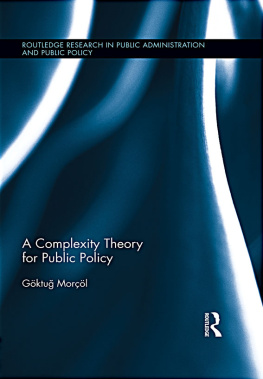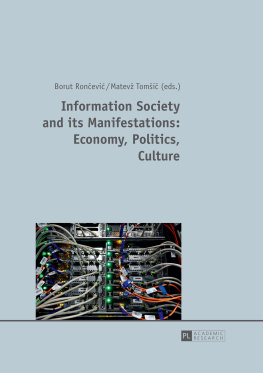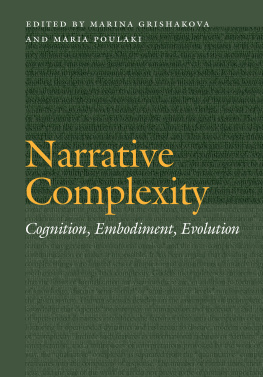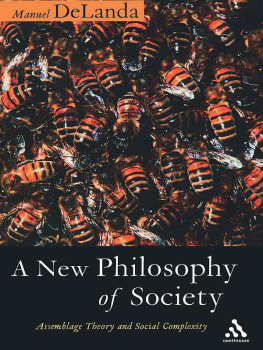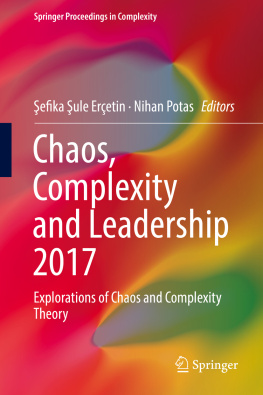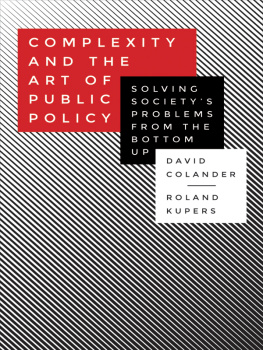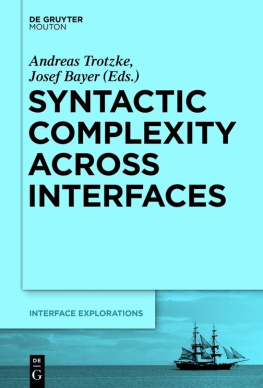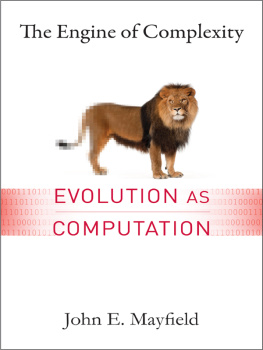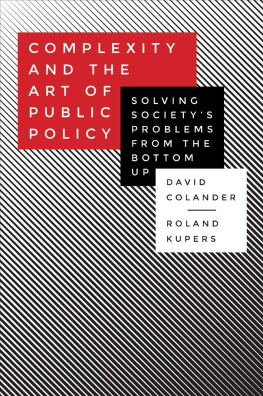First published in the United Kingdom in 2007. Reprinted in 2016 by OXBOW BOOKS
The Old Music Hall, 106-108 Cowley Road, Oxford, OX4 1JE
and in the United States by
OXBOW BOOKS
1950 Lawrence Road, Havertown, PA 19083
Oxbow Books and the individual authors, 2007
Paperback Edition: ISBN 978-1-84217-294-0
Digital Edition: ISBN 978-1-78570-504-5
Mobi Edition: ISBN 978-1-78570-507-6
A CIP record for this book is available from the British Library
All rights reserved. No part of this book may be reproduced or transmitted in any form or by any means, electronic or mechanical including photocopying, recording or by any information storage and retrieval system, without permission from the publisher in writing.
For a complete list of Oxbow titles, please contact:
| UNITED KINGDOM | UNITED STATES OF AMERICA |
| Oxbow Books | Oxbow Books |
| Telephone (01865) 241249, Fax (01865) 794449 | Telephone (800) 791-9354, Fax (610) 853-9146 |
| Email: | Email: |
| www.oxbowbooks.com | www.casemateacademic.com/oxbow |
Oxbow Books is part of the Casemate Group
Front cover: Yeast molocule; redrawn by S. Wynne-Jones
Chapter 1
Socialising Complexity
Stephanie Wynne-Jones and Sheila Kohring
Complexity is negotiated through interaction between the differentiated parts of all social entities; it exists on many levels visible at different scales of view. In general, the anthropological sciences study organisational complexity at the level of societal structure, yet there is an appreciation that it exists at other scales as well (e.g. Barth 1978; Brumfiel 1992; Strathern 1995, 2004). Each person creates and reinforces a series of relationships through their every engagement with other people, with material culture, or with the world around them. These relationships, although negotiated through that particular action, will be conditioned by past experience, taken-forgranted understandings, present contexts and future intentions. If that complex web of interaction is viewed at a scale that incorporates two, three or four individuals, or perhaps a community or society, new and different interactions will be involved, between the individuals themselves and between the different groups to which they belong. Many of these interactions will be based on shared communal understandings of social rules and realities: although the individual interpretations will vary, interactions can create and reinforce these understandings, continuing to form the structuring principles for interaction. If scale is extended again, this time in temporal terms, whole new interrelationships may be viewed, as well as recurrent patterns of interaction that can be discerned among the chaos.
It is this complexity that as social scientists we must attempt to understand: the myriad, diverse relationships, the ways they interconnect and create new contingencies and how they are mediated through objects, individuals, and communities, creating the complex social realities embedded in all societies at all scales. Clearly different research agendas and disciplines are interested in different aspects of this complex web, varying from the semiotics of individual interaction to the organisational dynamics of large-scale socio-political structures. Regardless of the level of analysis, complexity is not an ephemeral concept or theoretical construct applicable to a single macro-scale, but a reality that we experience daily, in our every action.
An appreciation of this network of interaction operating at multiple scales is key to understanding social structure, yet it seems that every approach that attempts to generalise/define the various aspects leads to a narrowing of the concept: a simplification of diversity into a manageable form. The negotiation of exactly what constitutes complexity (or whether certain societies are complex or not) has been debated too long, and we are not about to add to this hackneyed dialogue. Yet if we employ complexity itself as a conceptual tool, viewing the interactions, multiple scales and multiple layers of meaning as a topic of study in their own right, and the various insights from different disciplines as complementary rather than antagonistic, we are able to expand our understandings in new ways. Thinking of complexity in this way provides a renewed vigour to theoretical discourse on the relational aspects of all human societies. It removes the need to locate boundaries and definitive identifications of what is complex, loosening the restrictive constraints on its application more broadly when discussing social relationships. Complexity as a conceptual tool for thinking about how societies integrate allows a flexibility to move between scales of interaction: from individual engagement with the social world to the organisation of social institutions within modern state societies. It opens up discussion along new avenues for exploration the impact of agency, materialisation, and material culture studies and suggests an inherent dynamism at work within all society.
It is this multivalent approach that we advocate in the pages of this volume. As such, we attempt to employ the notion of complexity with a wider degree of flexibility; as an heuristic device, to help us understand a number of different case studies, and to refocus attention at the different levels by which society structures itself.
Complexity with a small c
Insofar as complexity remains a topic of study, it is subject to the whims of fashion and the prevailing paradigm: it has been recast to fit the theoretical needs of numerous disciplines at various points in their history. The appreciation of social diversity has often been pushed aside for more narrowly-defined, and better-understood, models of social complexity. In archaeology this has meant a concentration on complex society, as the most fully-institutionalised manifestation of that diversity and hence apparently the easiest to study. Contrary to the intentions of the practitioners, who frequently attempted broadly encompassing and universalising definitions, this has tended to narrow the field to a particular type of social formation, reducing the complexity observable in the archaeological and anthropological records to a particular axis of interaction.
Complex society, as the resulting outgrowth of these discourses, has long been studied as the accessible and clearly delineated manifestation of social complexity. A veritable sea of ink and forest of paper have been lost to establishing working models, definitions and evolutionary trajectories to explore when and how this Complexity emerges within a society (see Arnold 1996; Earle 1991; Feinman and Marcus 1998; Gregg 1991; Johnson and Earle 2000 for some of the more recent examples). Complexity is from this perspective a category, or a state of being that a society may or may not attain. The focus of study tends to remain at the level of sociopolitical organisation; the integration of different functional elements through hierarchy and social inequality are key features of the literature. These questions are of clear interest to archaeologists, among whom early states and the emergence of hierarchically-organised socio-political institutions are an appropriate and necessary arena for study, and are already firmly entrenched in the disciplinary discourse. Yet that is only one perspective: the theorising of complex society, as it stands, has focused primarily upon one scale of analysis based on the level of socio-political organisation and the degree of social integration within a given society. This is variously conceived, sometimes along socio-evolutionary continuums such as band tribe chiefdom state (following Service 1962), or from egalitarian to stratified society (following Fried 1967), and sometimes in terms of indigenous concepts such as Big-Man society (Sahlins 1963). Intermediate terms have also crept in, as we find discussion of Complex Chiefdoms (Earle 1991) and Archaic States (Feinman and Marcus 1998), or of vaguelydefined Middle-Range or transegalitarian societies (following Haydens 1995 discussion). While these discussions are important in understanding how societies (and the people who constitute them) maintain their integration and cohesion, they at best mask, and at worst utterly dismiss, entire discourses of social complexity beyond the socio-political entity. For this reason, we suggest a re-evaluation of complexity studies within the anthropological disciplines and the introduction of complexity, not as a gauge by which to assess societies, but rather, as the conceptual tool for framing appropriately scaled questions and research agendas.



